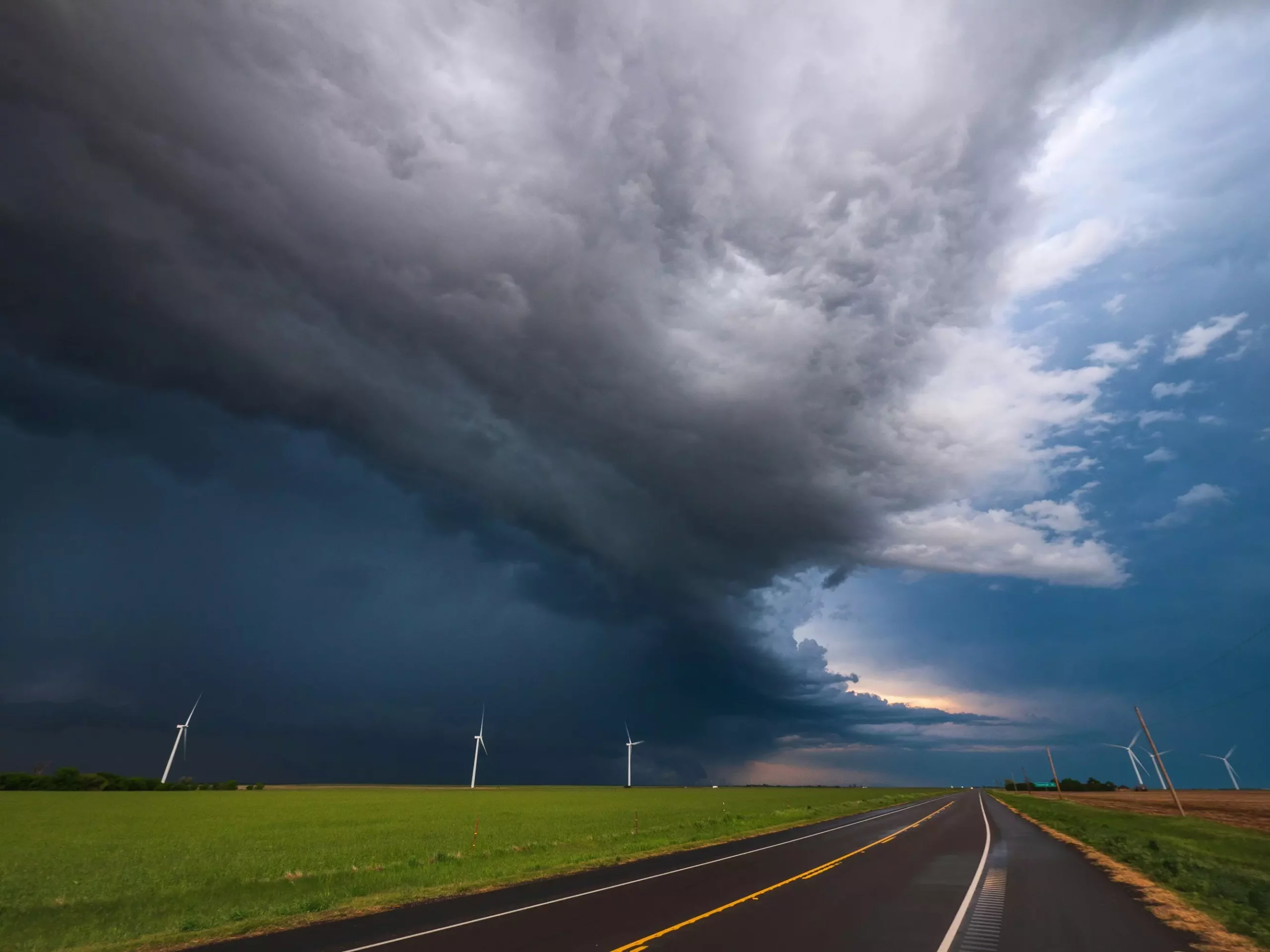For centuries, meteorologists have battled the unpredictability of severe weather phenomena like tornadoes. Conventional tracking methods often place researchers and tools perilously close to danger. However, a groundbreaking study has emerged, suggesting that cosmic rays—high-energy particles from space—could revolutionize the way we monitor these violent storms. By leveraging sophisticated astrophysical simulations and local weather data, scientists are exploring the applicability of muons, which are heavier cousins of electrons, to glean insights into supercell thunderstorms capable of spawning tornadoes. This innovative approach opens new avenues for safety and accuracy in severe weather forecasting.
Understanding Muons: A Novel Approach to Weather Tracking
Muons are unique particles that travel clandestinely through matter, unhindered by most obstacles. This study proposes that the interaction of these particles with the atmosphere, influenced by severe weather systems, could yield vital environmental data. “The charm of atmospheric muons lies in their sensitivity to the medium they traverse,” explained William Luszczak, the lead researcher at The Ohio State University. For example, a collection of muons passing through a thunderstorm would exhibit different measurable properties than those navigating a calm, clear sky. Thus, studying muons could provide meteorologists with advanced data that traditional methods fail to capture.
The implications of this research extend well beyond the immediate needs of tornado monitoring. In a world increasingly beset by unpredictable weather patterns, efficient warning systems are paramount. Traditional tornado-tracking technologies, such as drones and weather balloons, require deployment risks that could endanger personnel and equipment. In contrast, utilizing cosmic rays empowers scientists to gather information from a distance, thereby enhancing public safety.
Advanced Simulations Yield Promising Results
The research team utilized sophisticated three-dimensional cloud modeling technologies to examine how varying meteorological conditions—including wind, precipitation, and temperature—affect muons. By analyzing data obtained from the 2011 supercell that wreaked havoc in El Reno, Oklahoma, the team conducted simulations that tracked alterations in air pressure around a hypothetical storm over a one-hour period. Impressively, the results indicated that muons are indeed modified within the pressure fields generated by tornadoes.
This finding suggests an exciting potential to better understand the complex dynamics of severe storms. The coupling of muon data with existing meteorological tools could enable scientists to develop predictive models that are not only more accurate but also less invasive. However, this approach is still in its infancy, necessitating additional research to fully capitalize on muon applications in meteorological settings.
The Challenge of Scale and Precision
While the concept of muon detection in weather phenomena is compelling, practical implementation poses significant challenges. The muon detectors discussed in the study – while smaller than their more famous counterparts like the Pierre Auger Observatory – still measure around 50 meters wide, roughly the size of five buses. Their size limits their ability to capture a comprehensive data set. As Luszczak notes, although small detectors are practical for placement in tornado-prone regions like Tornado Alley, their compactness could compromise the precision of the data collected. The quantity of particles detected directly correlates with the scale of the device, creating a complex balance between accessibility and data fidelity.
Nevertheless, the research does venture into the possibility of constructing larger, stationary muon detectors tailored for severe weather monitoring. Such installations could be strategically positioned to optimize the capturing of muons during storm events, significantly enhancing data accuracy and potentially reshaping weather warning systems.
Revolutionizing Weather Modeling with Cosmic Insights
The most tantalizing aspect of this research lies in its potential to transform existing weather modeling frameworks. As current forecasting systems are closely tied to the accuracy of meteorological data, improved muon analytics could culminate in more effective severe weather alerts and response strategies. Luszczak emphasizes that “by having better measurements of the atmosphere surrounding a tornado, our modeling improves, which then improves the accuracy of our warnings.” This reciprocal relationship could act as a lifeline for communities at risk of severe weather events, providing them with advanced notice to prepare adequately.
The promise of integrating cosmic rays into meteorological science signifies a remarkable intersection of disciplines, where astrophysics meets climate studies to address global challenges. As weather patterns become increasingly erratic, the quest for innovative tracking methods is not just a scientific undertaking; it is a crucial endeavor that could save lives and fortify communities against nature’s ferocious impulses. The road ahead may still be fraught with uncertainties, but the potential rewards of better understanding and predicting severe weather phenomena are immense and undeniably urgent.

